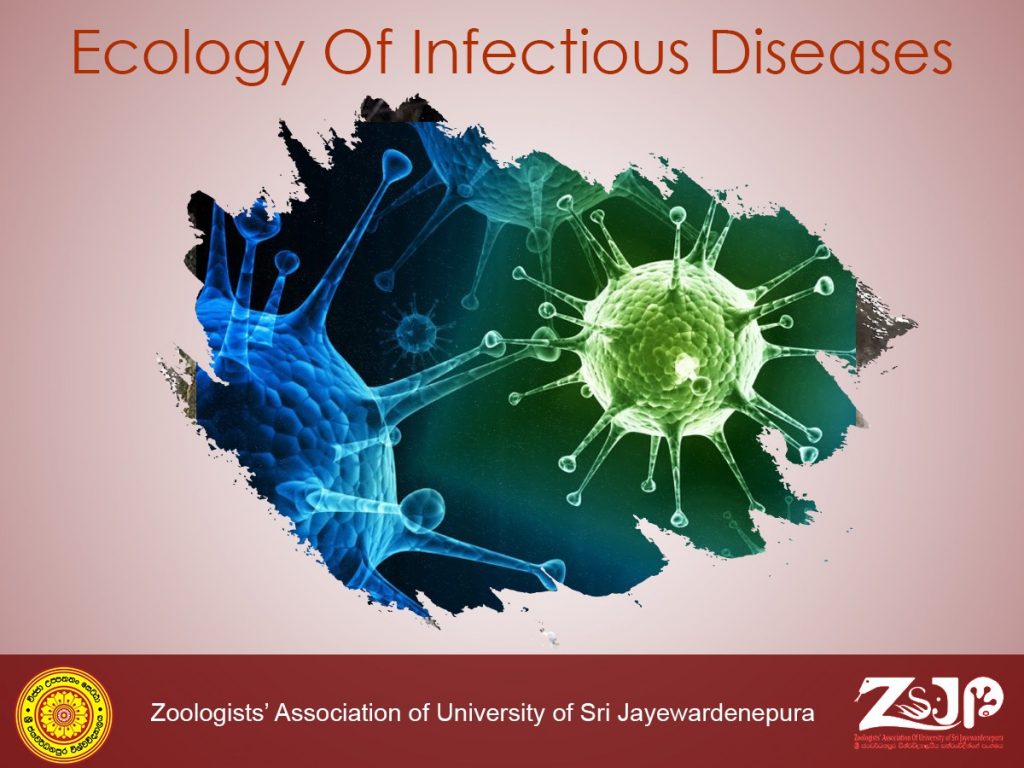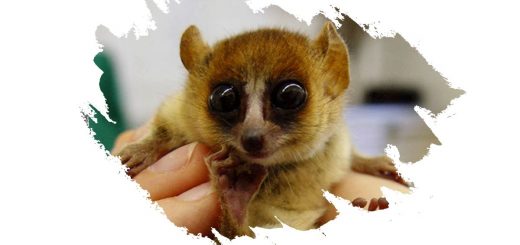Ecology of infectious Diseases
Article by –Kulathi Nishshankage

Ecology is the study of interactions among organisms and their environment. In a food web when the population of prey increases, the population of predators will start to increase because of more food. The predator population will drop after it depletes the prey population.
Sometimes, animals have infectious diseases, which are often caused by parasitic pathogens. In a microscopic view, the infectious disease involves complex interactions of at least two species, the pathogen, and the host. The pathogen lives in and obtains resources from a host, which can result in host death or development of immunity. It also relies on an individual host to transmit to other individuals, which is often a host density-dependent process. This means more individuals get infected when the host population is denser and less when the density is lower.
When the pathogens spread through and deplete the host population, the transmission will eventually slow down. Then the natural birth of the host may restore the population and subsequently, the pathogen transmission will increase again when the host density becomes higher. The two-way regulation between the pathogen and host abundance forms the basic disease ecosystem and represents an important integral part of the larger ecosystem.
In a disease ecosystem, some pathogens can infect more than one host. Other pathogens are transmitted from one host to the other through at least one species of the vector. For example, malaria is a mosquito-borne disease caused by Plasmodium parasites and requires mosquitos as a vector for human and animal transmission.
As a part of the larger ecosystem, the environment also affect the emergence of infectious disease with the effect on the hosts, pathogens and vectors, for example, in some countries, a lower temperature and humidity facilitates human influenza transmissions. Levels of rainfall also affect the occurrence of some water and vector-borne diseases. For example, malaria epidemics tend to occur during rainy seasons in tropical countries because of the higher mosquito abundance. Cholera epidemics occurred in some poor areas during severe drought because of the water scarcity that results in poor hygiene; hence more people are exposed to the contaminated water. Such climate factors often drive an infectious disease into seasonal epidemics. Disease ecologists are often concerned about the burden to a host population by an infectious disease. Host extinction is perhaps the worst consequence caused by an infectious disease. However, in theory, a single –host pathogen with density-dependent transmission seldom leads to host extinction because the transmission will naturally slow down when the host population drops. The disease will then fade out if all transmission chains are broken.
Reference – The University of Hong Kong’s School of Public Health



